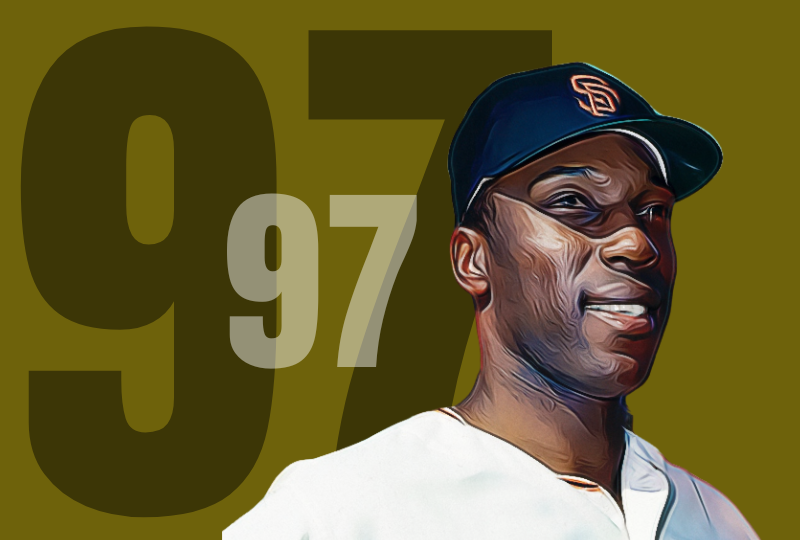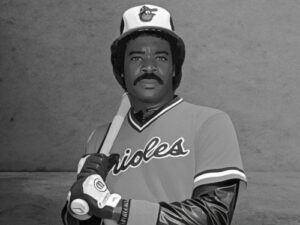If you pitch to him, he’ll ruin baseball. He’d hit 80 home runs. There’s no comparison between McCovey and anybody else in the league.” — Reds’ manager Sparky Anderson
Willie McCovey is best remembered for the hit he did not get. It was a line drive, no a screaming line drive toward right field that landed in the bottom of the glove of Bobby Richardson, the Yankee second baseman. It was not an unusually difficult play: Richardson only had to take one step to his left to snare the ball about shoulder height. But the baseball was hit so hard, with such authority, and would have easily scored the two runners on base. The second runner was Willie Mays, who moments earlier had doubled into the right field corner to send Matty Alou to third base. Mays would have been the World Series-winning run, he would have easily touched home plate to vanquish the Yankees. To give the Giants their first championship in California.
But McCovey’s liner was caught, instead of finding the grass in right field, and the Giants lost Game Seven. It was one of the great “at’em balls” of all-time. An out that rang louder than a home run. “The NOT heard ’round the world,” if you will.
Even after years passed, and Big Mac sent hundreds of balls over the wall in National League ballparks, and established himself as the most feared left-handed slugger in the game, that one line drive in ’62 was still part of his narrative.
Willie was in his second professional season when he tore the cartilage in his knee in Fort Worth in the minors. Shoulder, wrist, and hip injuries followed over the years, and McCovey never really had his legs under him, not even in his prime. “I play in almost constant pain,” McCovey said in 1969.
In spite of his physical challenges, McCovey was a very dangerous man at the plate: tall, waving the bat like a toothpick, foreboding. He hit 445 homers between 1960 and 1975, the most by a left-handed hitter.
From 1968 to 1970, McCovey averaged 40 homers, 119 runs batted in, 110 walks, and hit .300 while slugging over .600 and more than 300 total bases. He was National League Most Valuable Player in 1969, and should have won it in 1968 too. He received MVP votes in seven straight seasons from 1965 to 1971.
“I don’t think he ever gets fooled on a pitch,” teammate Hal Lanier said. “The other team designs their strategy to try to get him and Willie [out].”
In his first four seasons, McCovey was platooned and rarely faced left-handed pitchers because the San Francisco Giants had another promising first baseman in Orlando Cepeda. McCovey had a 667 OPS from 1959-1962 against lefties, and many in the organization considered him a part-time player. The Giants tried McCovey in left field, but eventually traded Cepeda to the Cardinals, clearing the way for Big Mac. Cepeda ended up in the Hall of Fame too, but the Giants kept the right player.
McCovey learned how to hit wronghanders: in the ten years after he was made an everyday player, he had a 790 OPS, and his 68 homers were the most against southpaws by a left-handed batter. He spent 19 seasons in a Giants uniform, and like Willie Stargell, McCovey became an elder statesman and mentor to young players, including Jack Clark and Dave Winfield.






